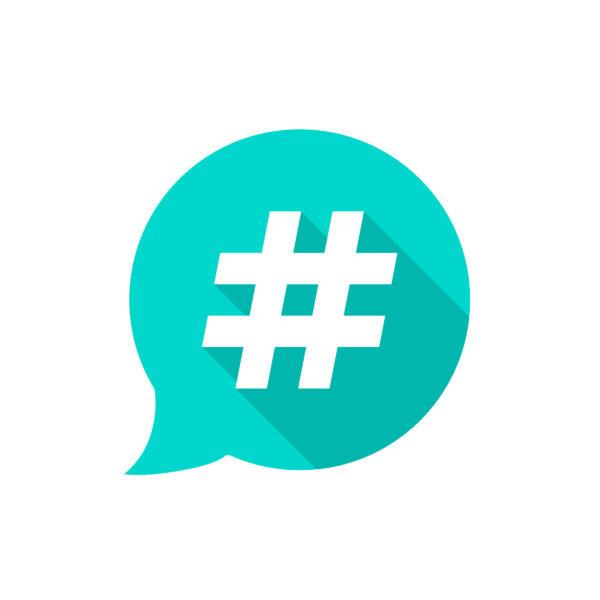When it comes to useful PD, more educators are turning to Twitter to grow learning networks in 140 characters
These days, it’s hard to meet an educator who hasn’t heard of Twitter. But how many use it? While some might question if the social media platform can help with professional development (PD), there are others who know just how much potential rests in 140 characters.
The universally-recognizable blue bird can do a lot to expand educators’ personal and/or professional learning networks (PLNs), as it turns out. During an ISTE 2016 session, three Twitter experts offered guidance to those seeking to expand their Twitter horizons.
Twitter chats–when users show up at a common time and use a specific hashtag to have a conversation and respond to questions issued by a chat moderator–can introduce educators to peers, role models, those who challenge their opinions, and can prompt new and exciting views of what education means today.
Twitter chats open up new PD possibilities, said Jessica Raleigh, personalized learning program manager for Denver Public Schools and organizer of the #bfc530 Twitter chat.
“I think it’s really powerful to have someone asking questions and forcing you to think about your own practice. That’s PD at its best,” she said.
During the session, all three experts shared some of their best tips:
Using hashtags with every tweet helps build up your community. “When you’re using a hashtag regularly, you get to know other people using the same tag, and it becomes part of a community,” Raleigh said. “If you have that community and you use a hashtag, you’re going to get responses from that community. You get to know people.”
Next page: Don’t be afraid to lurk
Lurk to learn. “Lurking is learning,” Raleigh said. “The idea of lurking is that you’re watching, but you’re not necessarily engaging in the conversation. [I] don’t encourage you to lurk all the time; we have so much to learn and everyone’s voice is important. But sometimes it’s just nice to see what others are sharing and gather that information for yourself.”
Take control of your school or district story. “Use hashtags to build school community. You tell your own story; let your school tell its story,” said Kyle Calderwood, technology coordinator at New Jersey’s Tuckerton Elementary School. “If you’re an administrator, start your own hashtag and tell parents what you’re doing.”
Don’t just jump on the bandwagon when it comes to the idea of edu-celebrities. “Don’t get sucked into the black hole of edu-celebrity status,” Raleigh said. “When you look for people to follow, find those who are genuine.”
Agree to disagree. “Find some people who have completely opposite viewpoints from you,” Raleigh advised. “When you find people who will push you out of your comfort zones, that’s good. Find your tribe, but when you create your PLN, find people who will push you and really force you to think and apply what you’re learning. It’s OK to disagree. Sometimes on Twitter I think people are uncomfortable disagreeing. Be polite, but … you can disagree. It’s OK to respectfully disagree with people. That’s where the really good learning happens.”
Ensure your tweets reach stakeholders who don’t use Twitter. Using Fast Follow, parents and stakeholders who aren’t on Twitter can receive a text message version of a tweet, said Susan Bearden, director of information technology at Holy Trinity Episcopal Academy in Florida and creator of Tweech Me, an app that helps educators leverage Twitter for professional development. With Fast Follow, users simply send a text that says “Follow @Handle” to receive future tweets.
Don’t underestimate the value of a Twitter mentoring program. The NT2T (New Teachers to Twitter) chat was created to help other educators get started as they use Twitter, Calderwood said. It features different themes each week, such as the role of librarians or helping students boost engagement.
Model digital citizenship. “We’re teaching kids to build good digital citizenship skills before they’re actually using the platforms,” Bearden said. “From a digital citizenship perspective, using social media as a school or a district or a teacher can be a great way to role model appropriate social media use. Our kids have no shortage of lousy role models when it comes to social media. We as educators have a moral responsibility to model appropriate social media use for our students.” Once educators start using social media professionally, they begin to think about how they’re using it, how they appear online, and they being leveraging those tools in positive ways.
- Friday 5: Virtual field trips - April 26, 2024
- Google, MIT RAISE launch no-cost AI training course for teachers - April 26, 2024
- 4 ways to support work-based learning - April 23, 2024

